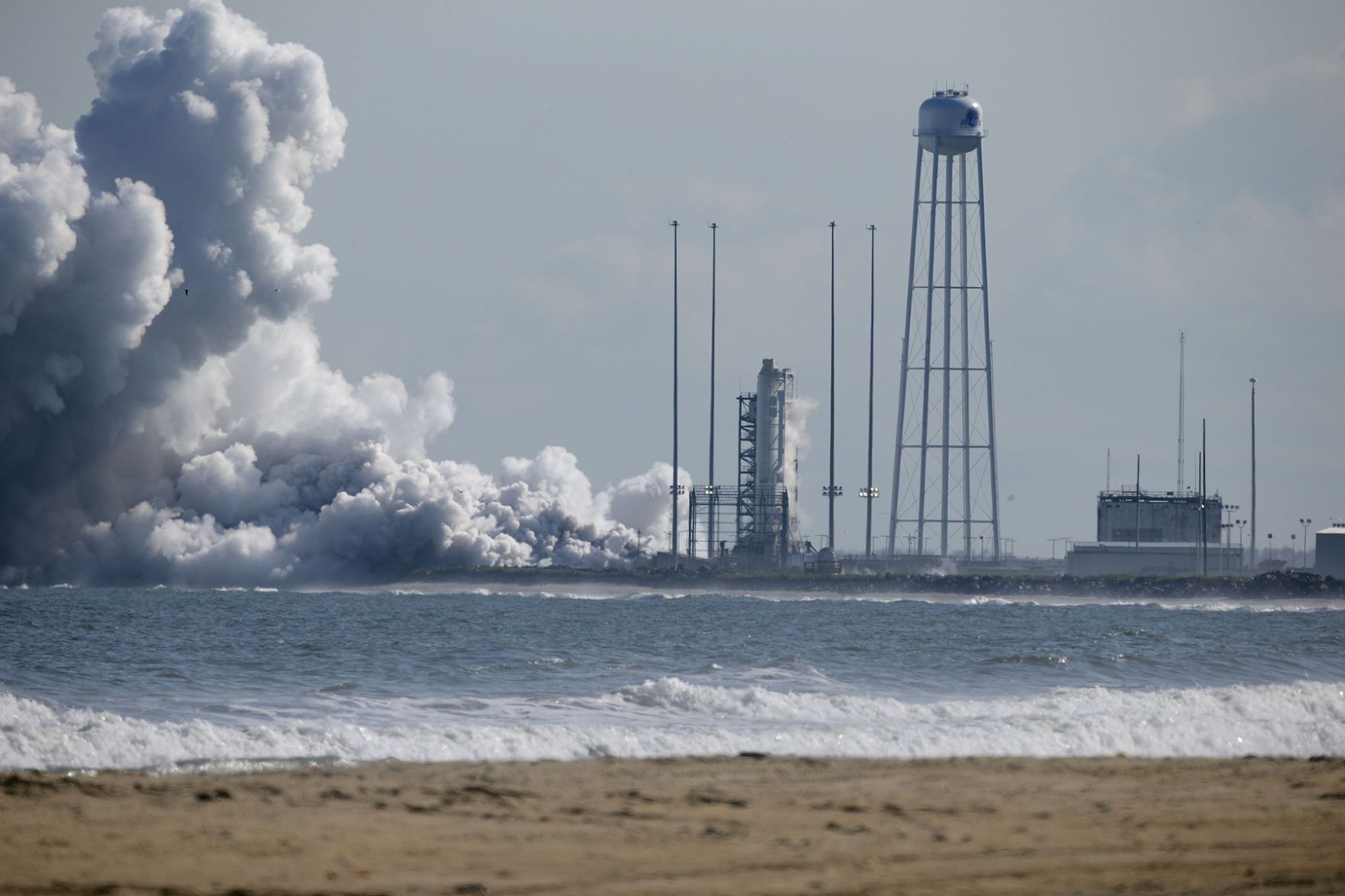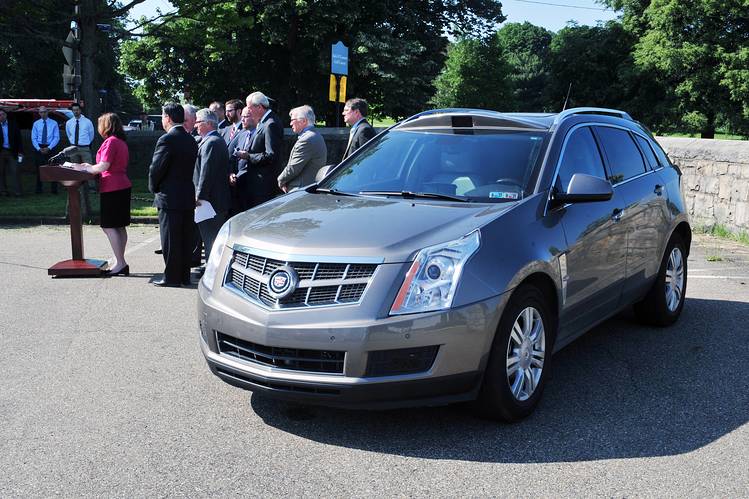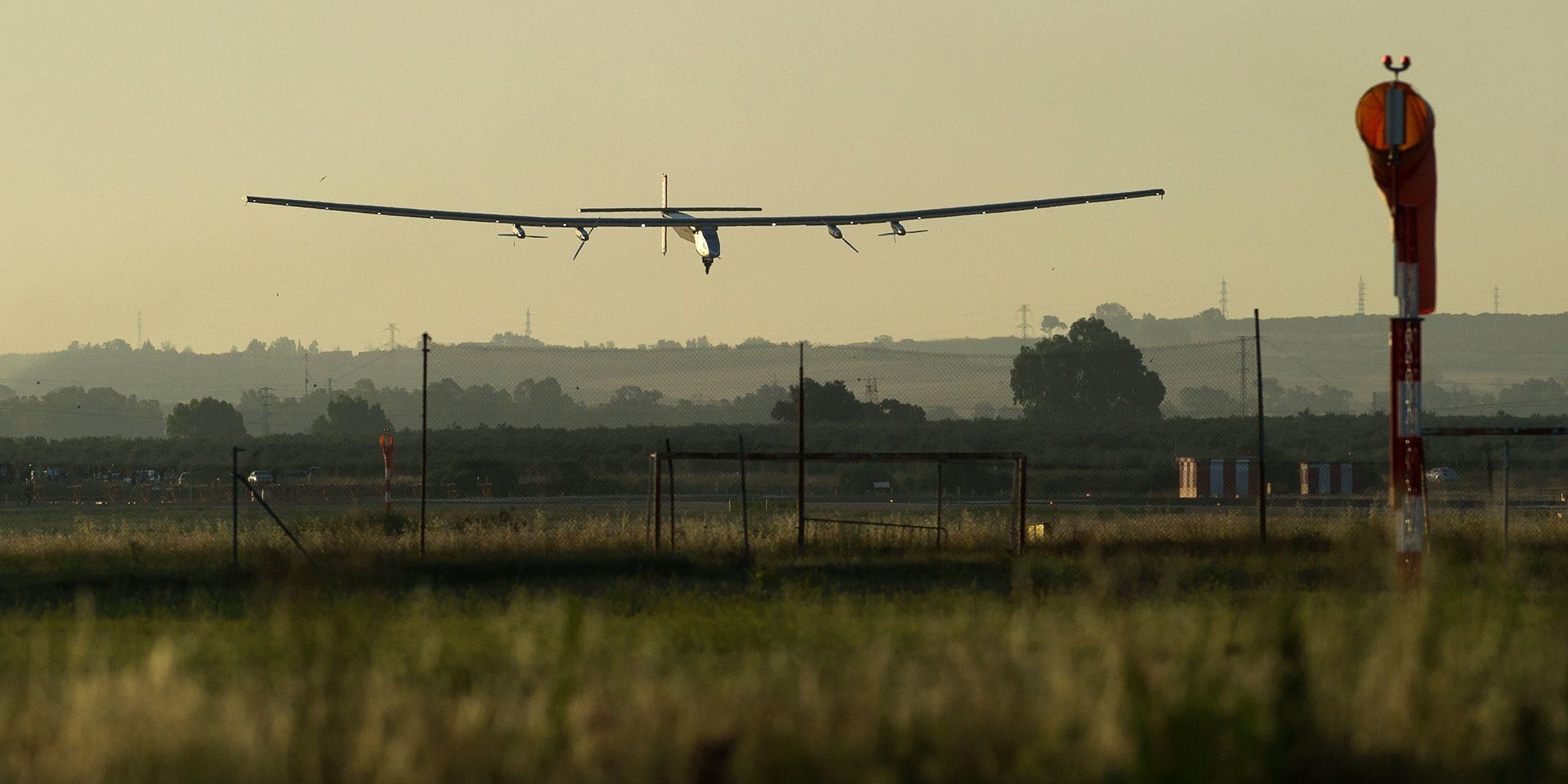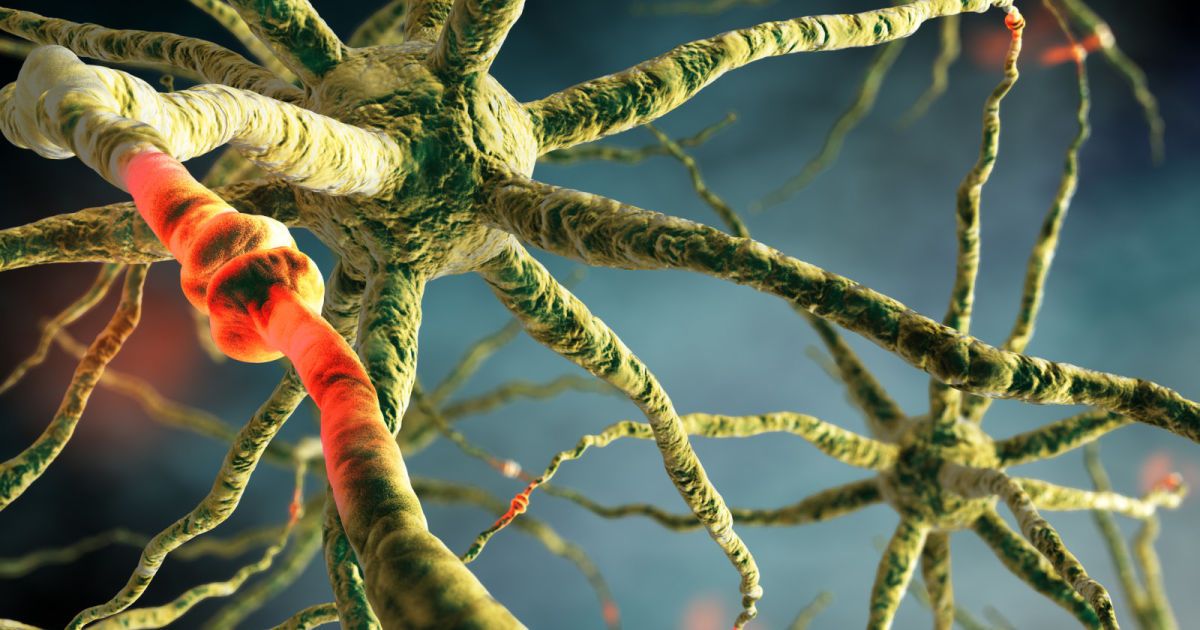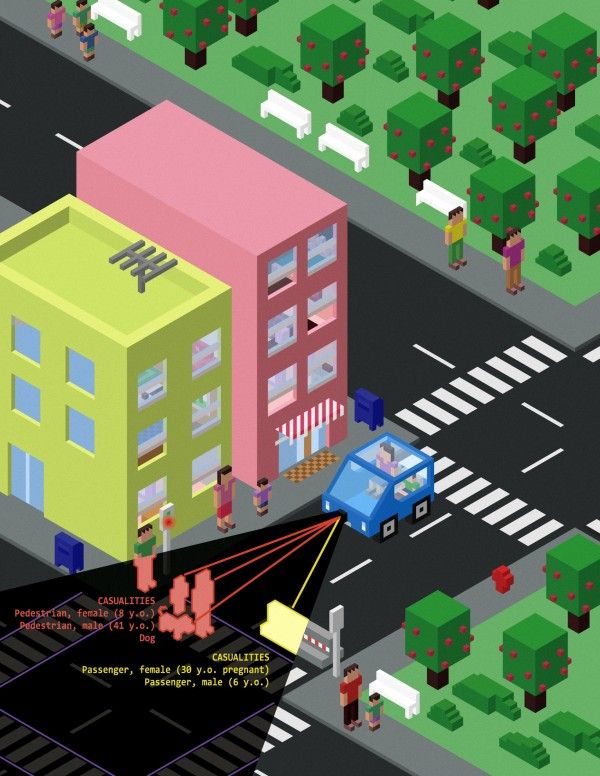Hawking repeats Zoltan Istvan’s worries:
“Governments seem to be engaged in an AI arms race, designing planes and weapons with intelligent technologies,” Hawking told veteran interviewer Larry King. “The funding for projects directly beneficial to the human race, such as improved medical screening, seems a somewhat lower priority.”
British physicist Stephen Hawking sees signs that the applications for artificial intelligence are already going down the wrong track.


